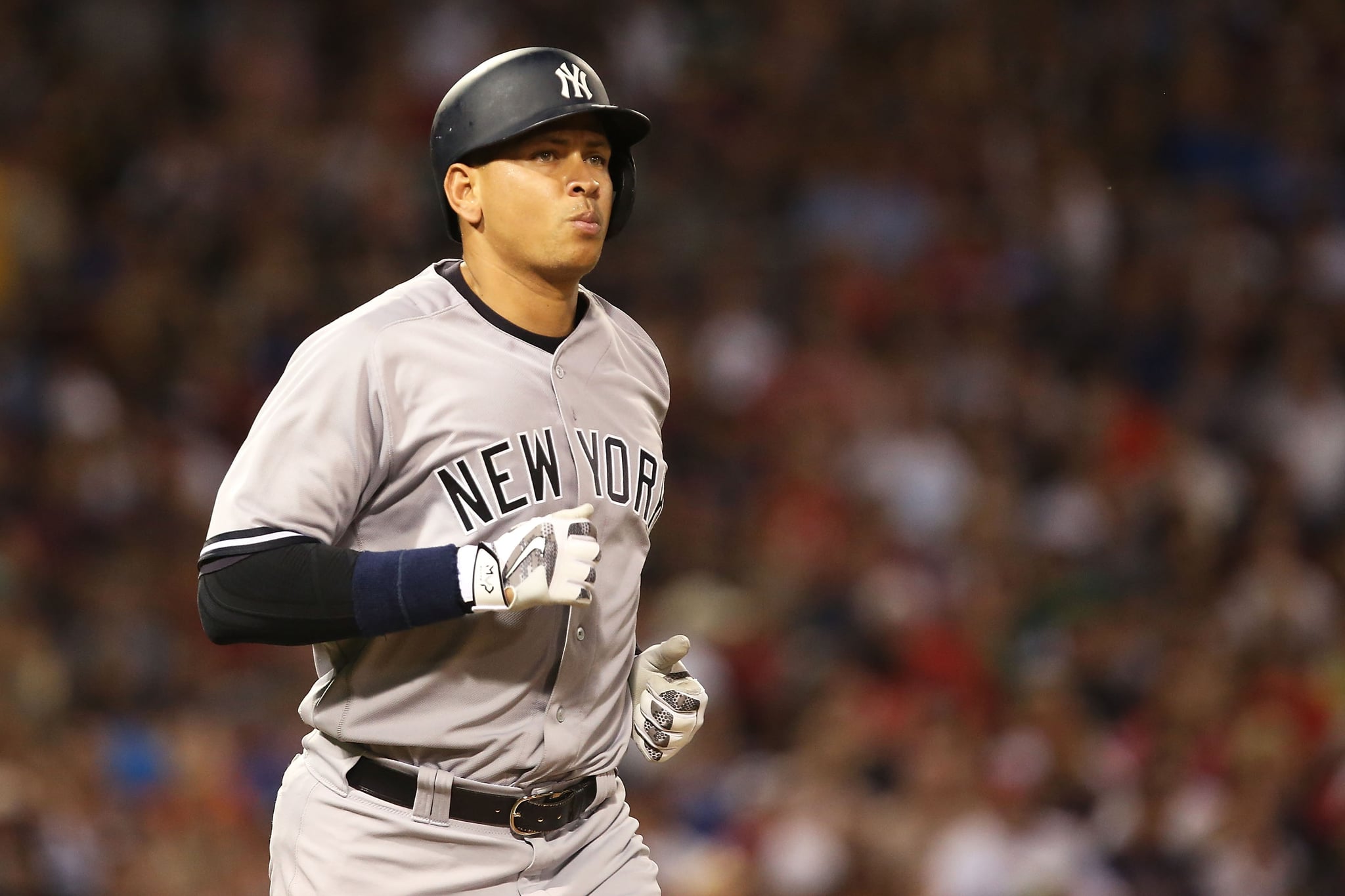
Alex Rodriguez can’t cook.
He tells me that within the first 20 minutes of our lunch at an event space right outside of Union Square, where Top Chef’s Eric Adjepong is preparing our bibimbap bowls.
“I think I would burn a kitchen if I tried to do something,” Rodriguez says. Even his daughters, Natasha and Ella, have called him out, refusing to eat their apple slices as kids because they were “the most disgusting cut of apple I’ve ever seen.”
Rodriguez is down to earth in person, offering up a kind of relatability that you wouldn’t necessarily expect if you’re familiar with past depictions of him in the media. I’d like to chalk his change in demeanor up to my skills as a reporter. But the nature of our conversation requires a definite vulnerability on his end, too.
After all, we’re here to talk about his gums.
Rodriguez was diagnosed with gum disease in 2023 after a routine visit to the dentist’s office. Now, the former MLB player is partnering with OraPharma, a health products company, to raise awareness about the condition.
I can confirm from up close that the three-time MVP has a smile so bright it could blind a pitcher’s vision from home plate. But behind those pearly whites, Rodriquez works hard to maintain his oral health, visiting the dentist every three months and “religiously” brushing his teeth.
It can be tedious, he admits, but Rodriguez takes the same approach to oral health as he does the rest of his wellness routine: “no shortcuts,” he tells POPSUGAR.
Well . . . except when it comes to his go-to snack on game nights watching the Minnesota Timberwolves or the Lynx (two teams he has ownership in). He calls his invention “the mix of crunchies,” and it’s a jumbled-up concoction of Doritos, barbecue chips, Cheetos, and any other “crunchy” he can find.
Outside of snacking, he’s committed to a pretty consistent meal plan and exercise routine, intermittent fasting from noon to 8:30 or 9 p.m. daily and working out seven days a week. Those workouts can vary, but he rarely misses a day of movement, often working in a 45-minute cardio session, weightlifting to avoid atrophy, swimming, practicing meditation, and taking a trip to the sauna. At nights, he caps off the day with a 45-minute walk before bed, often with his girlfriend, Jaclyn Cordeiro. The walks allow the duo — who are currently in a long-distance relationship (Cordeiro lives in Canada and Rodriguez splits his time between New York and Miami) — time to catch up and bond. They also share a mutual love for fitness, as Cordeiro is an RN turned fitness instructor, and enjoy trying new workouts together.
The one workout you won’t catch Rodriguez doing, though, is Pilates.
“Pilates is a son of a gun,” Rodriguez says. “It was hard. I tried it. But man, I tell you, it’s not for me.” He prefers hot yoga, a favorite among athletes including Dwyane Wade. Rodriguez calls out 26 + 2 in particular, the traditional hot Bikram yoga method, which consists of a 90-minute session of 26 postures and two breathing exercises taught in a studio at around 105 degrees Fahrenheit.
“I always say that I’m still a work in progress. I’m rounding second, and sometimes I feel like I’m rounding first. But I am making progress.”
As for his mental health, the athlete has been committed to therapy since 2013 after he was suspended from the Yankees for using performance-enhancing drugs (or PEDs).
“That suspension was obviously very, very difficult. But it allowed me to press the pause button and turn the lens inward,” he says. “And over the last 10 years, I’ve been working at it, you know, really hard.”
Reflecting on those years when his career was at its peak, Rodriguez says the stigma surrounding mental health was at an all-time high. Even when his teammates were offered the resources, they wouldn’t take them.
“We had one of our officials with the Yankees come out and say, ‘There’s a psychologist, and he’s gonna help everybody’ — and for two years, nobody went,” Rodriguez remembers. Then they rebranded him as a performance coach, and “we had 23 out of 25 [players] show up,” Rodriguez says.
That shift in perspective was crucial, impacting the way he and so many of his teammates viewed mental health. But the industry has a long way to go, he says. As we discuss change-makers like Simone Biles and Naomi Osaka, two women athletes who have been outspoken about mental health in sport, he acknowledges that there seems to be a lack of vocalization on the men’s side of things. There’s still that “stigma of like, ‘I’m not going to be that weak guy, that weak person,'” he explains.
He knows the persona all too well. But he’s happy to admit that he’s turned a corner. Today, he views psychology and therapy as “another coaching mechanism” to help you stay on top of your game — whether in sport or in life.
“I always say that I’m still a work in progress,” Rodriguez says. “I’m rounding second, and sometimes I feel like I’m rounding first. But I am making progress.”
Image Source: Adam Glanzman/Getty Images
